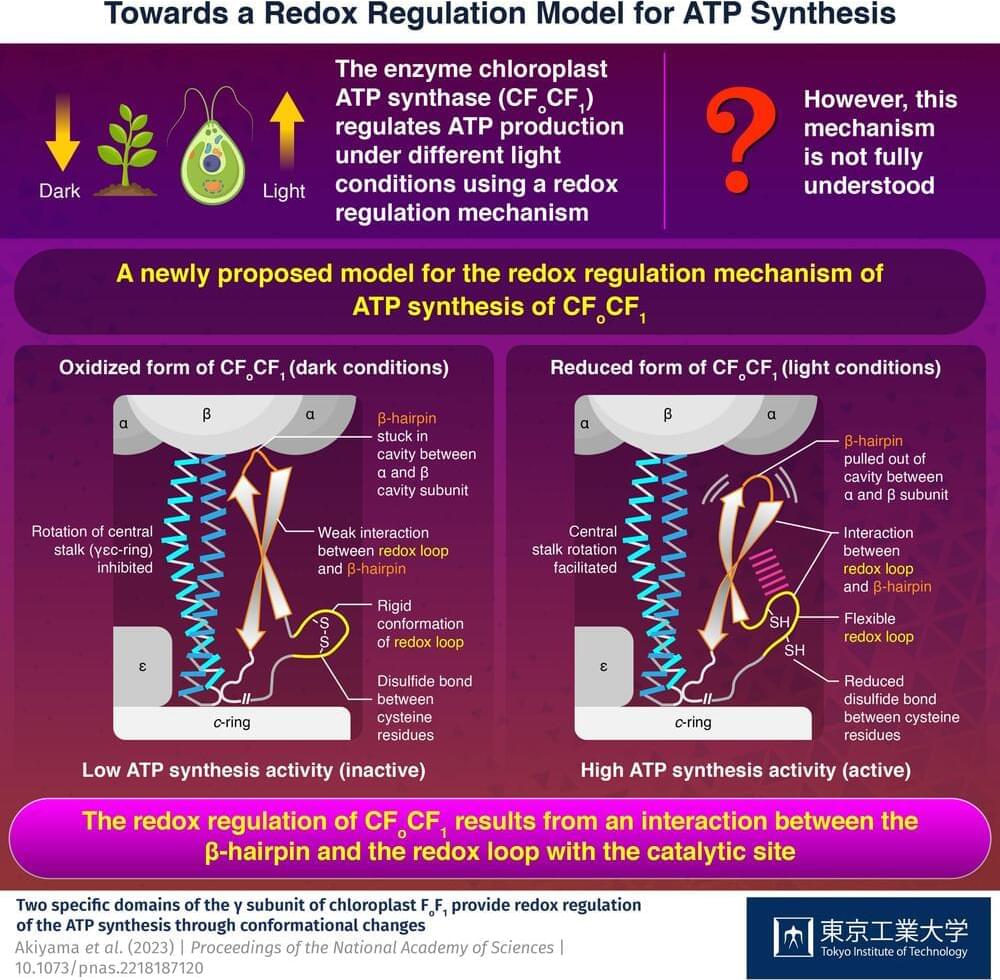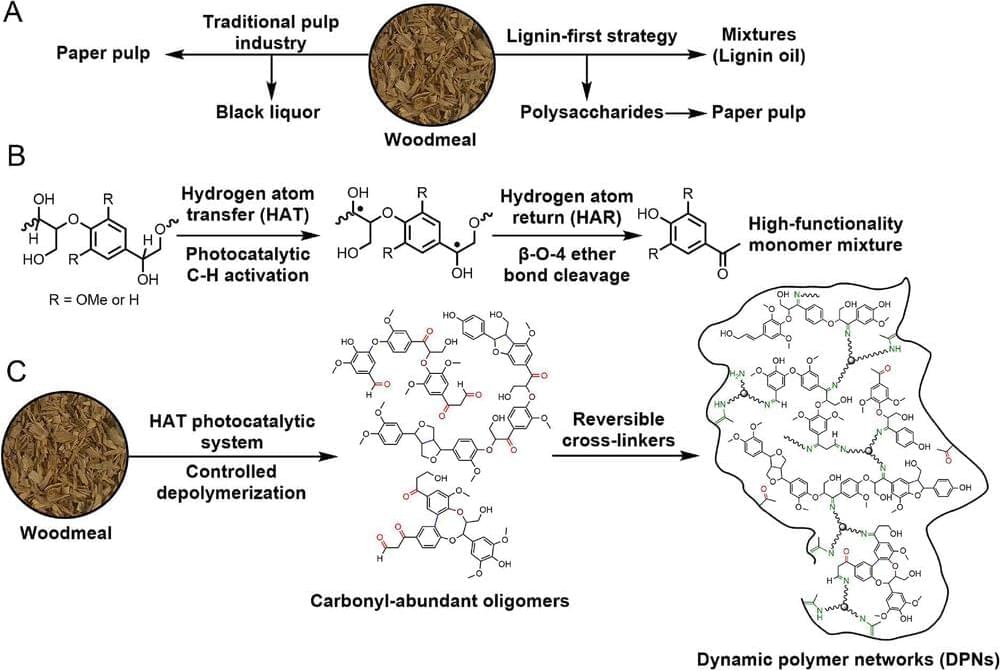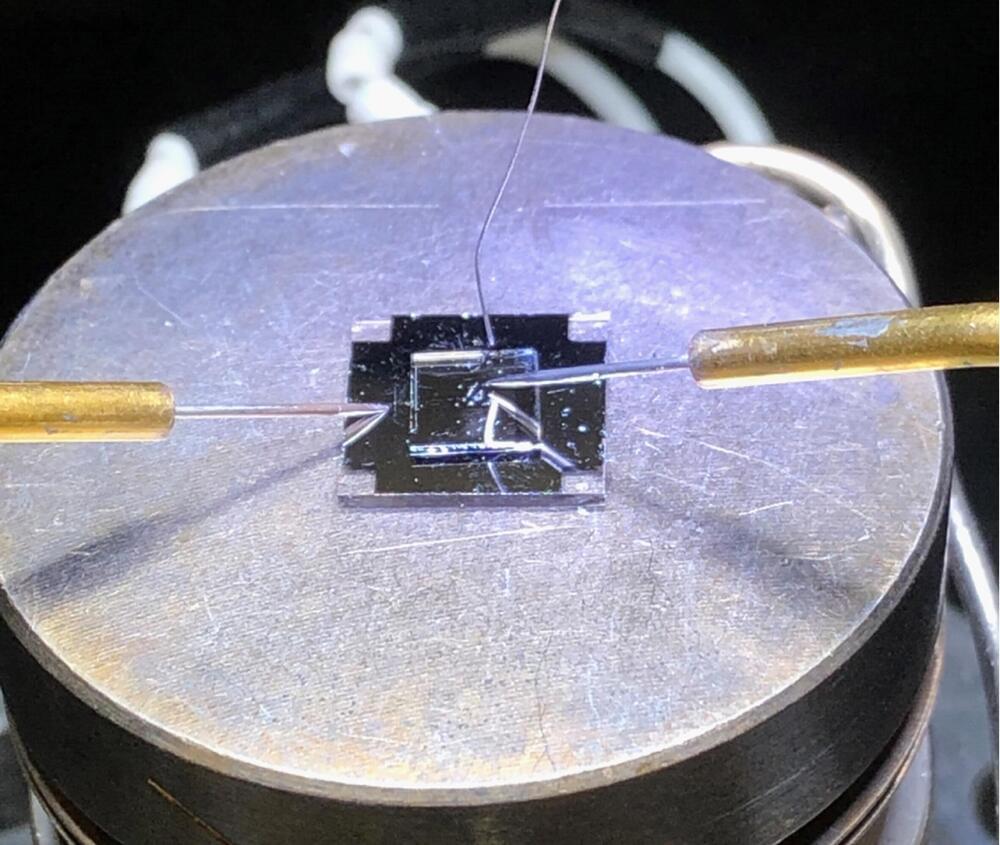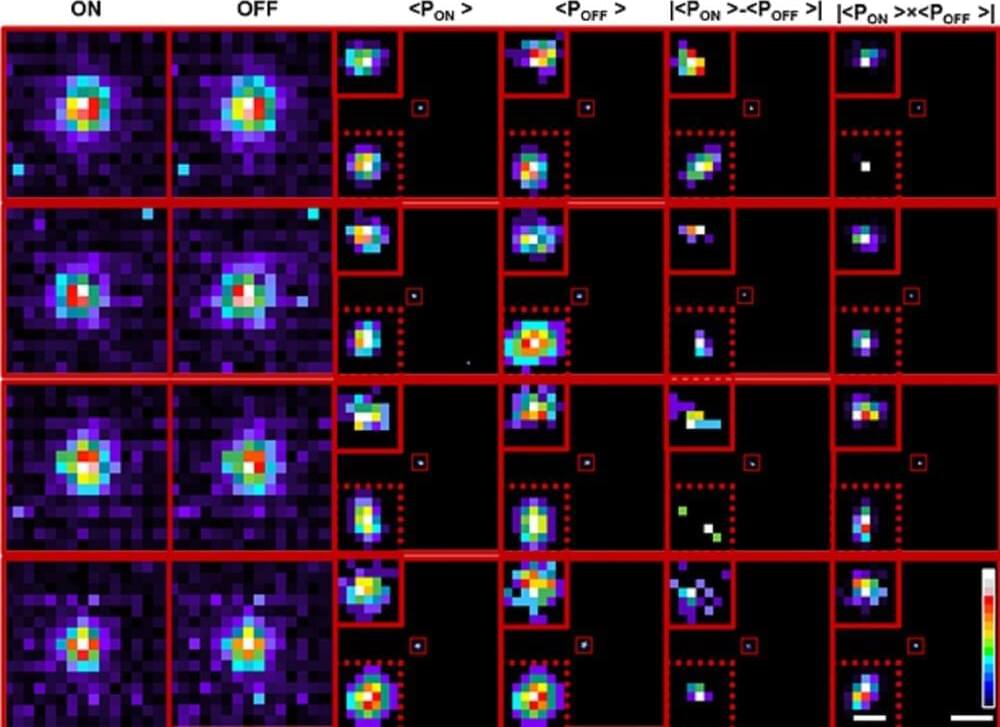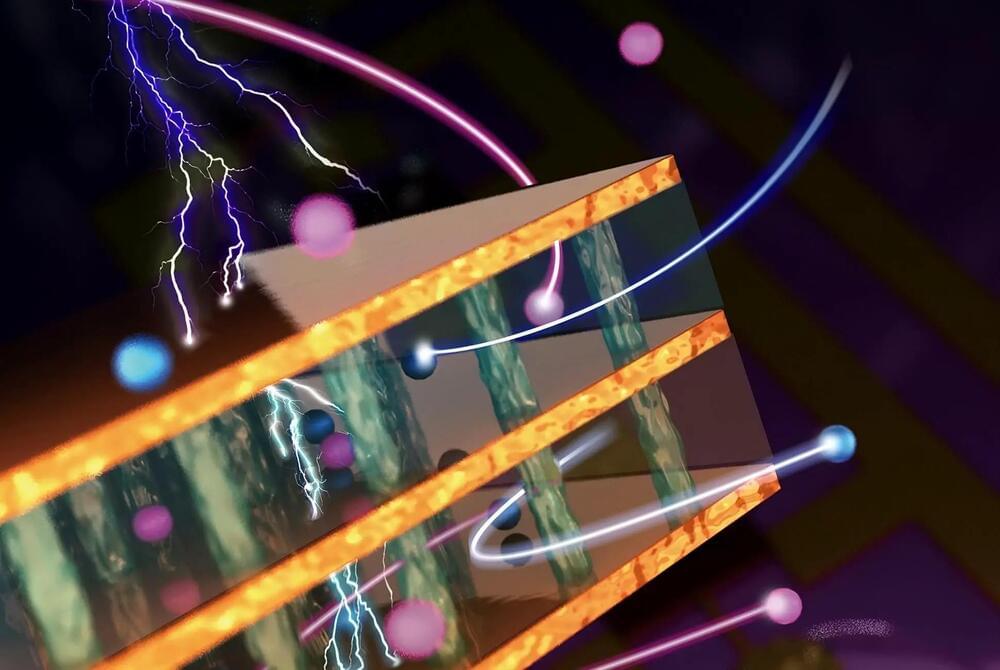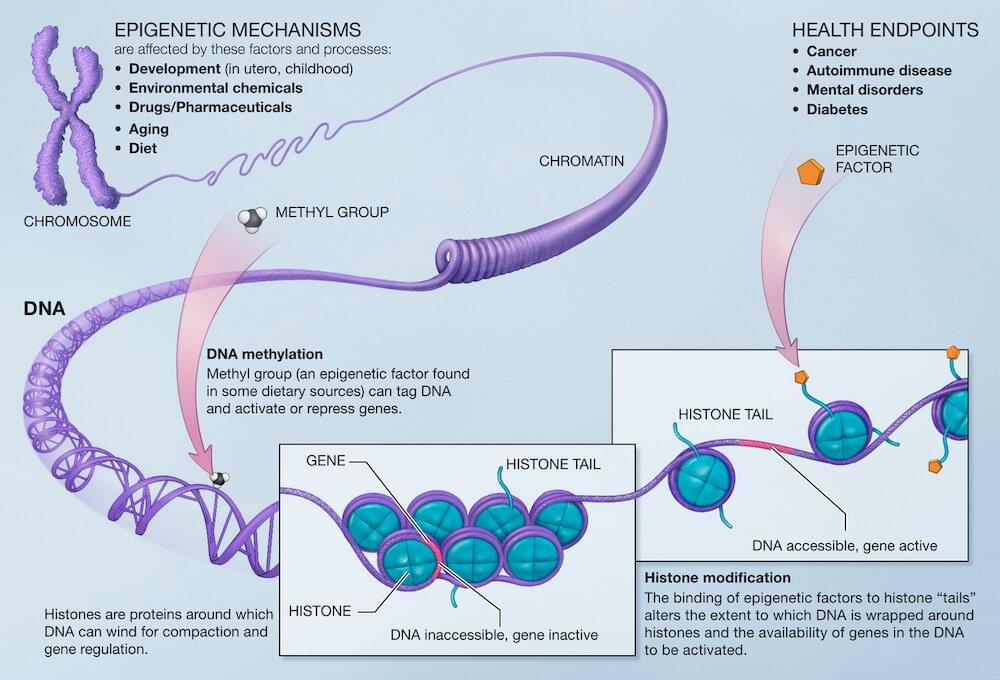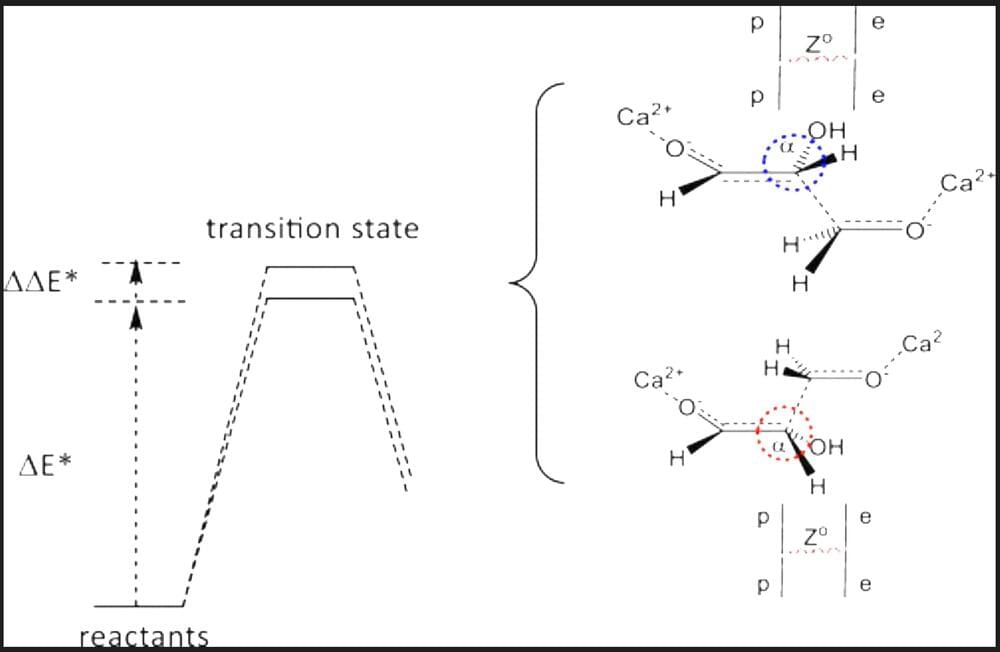Feb 23, 2023
AI conjures proteins that speed up chemical reactions
Posted by Jose Ruben Rodriguez Fuentes in categories: biotech/medical, chemistry, information science, robotics/AI
For the first time, scientists have used machine learning to create brand-new enzymes, which are proteins that accelerate chemical reactions. This is an important step in the field of protein design, as new enzymes could have many uses across medicine and industrial manufacturing.
“Living organisms are remarkable chemists. Rather than relying on toxic compounds or extreme heat, they use enzymes to break down or build up whatever they need under gentle conditions. New enzymes could put renewable chemicals and biofuels within reach,” said senior author David Baker, professor of biochemistry at the University of Washington School of Medicine and recipient of the 2021 Breakthrough Prize in Life Sciences.
As reported Feb, 22 in the journal Nature, a team based at the Institute for Protein Design at UW Medicine devised machine-learning algorithms that can create light-emitting enzymes called luciferases. Laboratory testing confirmed that the new enzymes can recognize specific chemicals and emit light very efficiently. This project was led by two postdoctoral scholars in the Baker Lab, Andy Hsien-Wei Yeh and Christoffer Norn.

